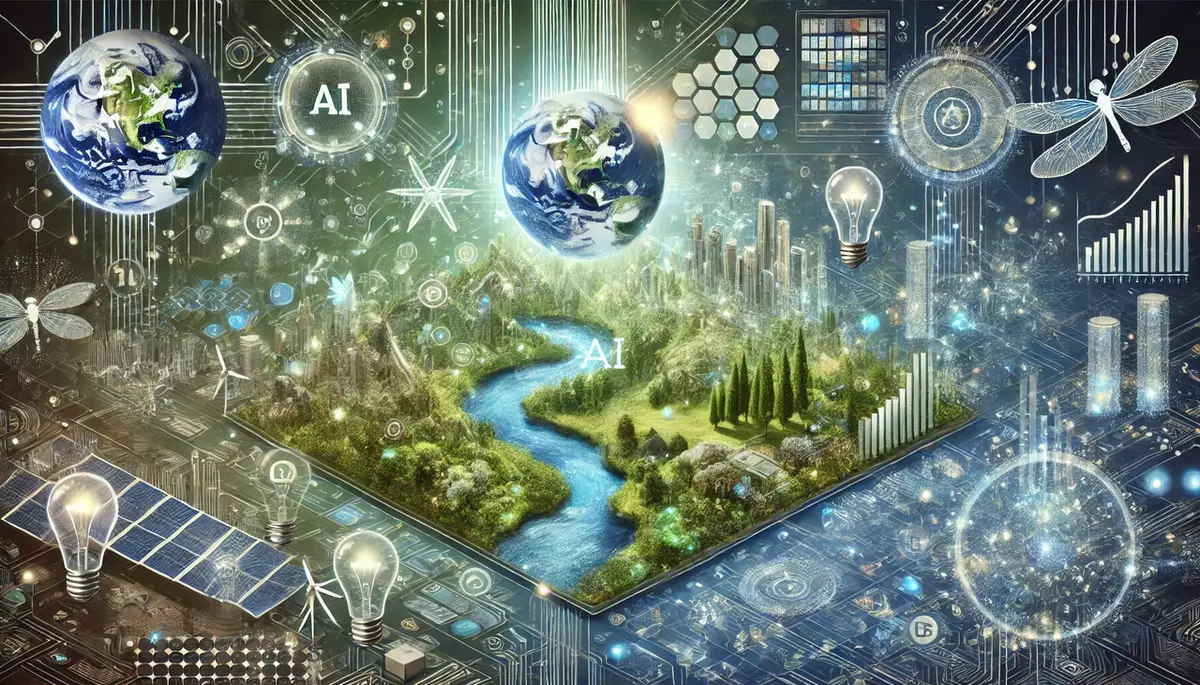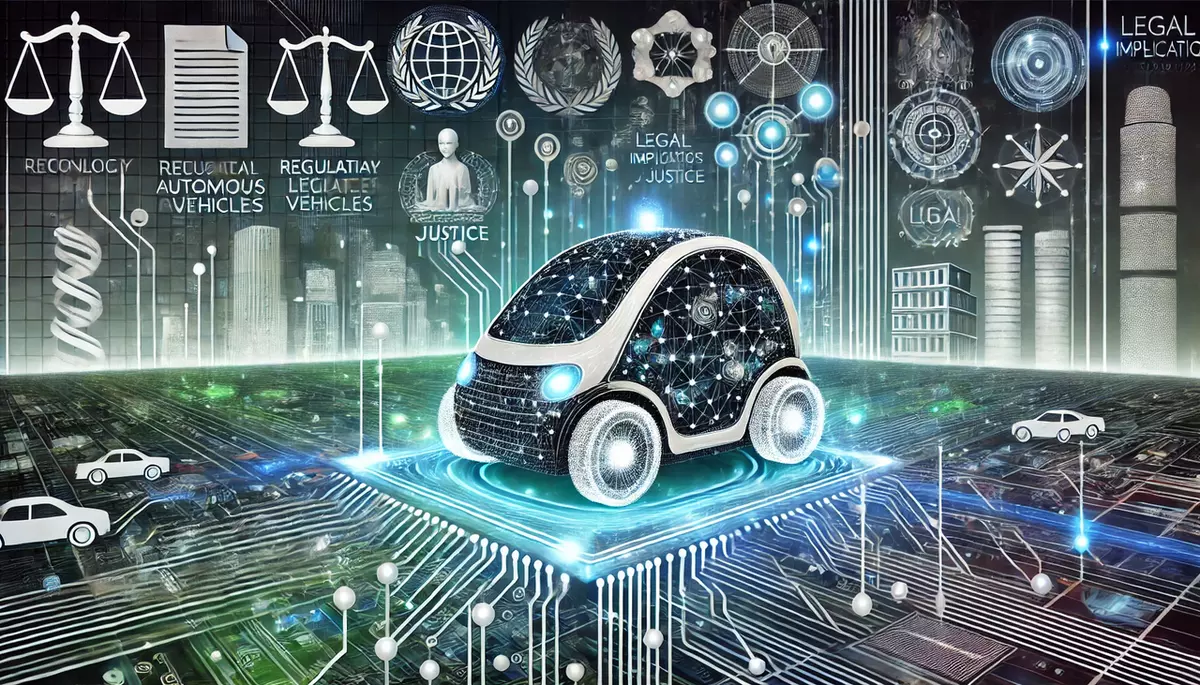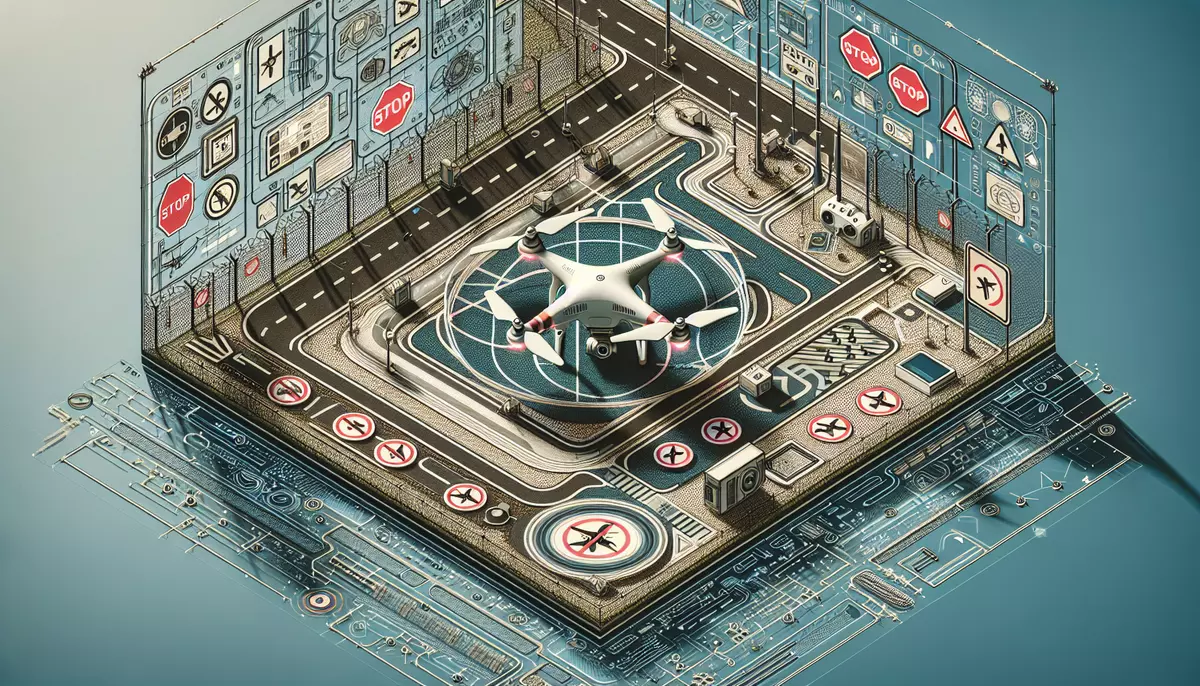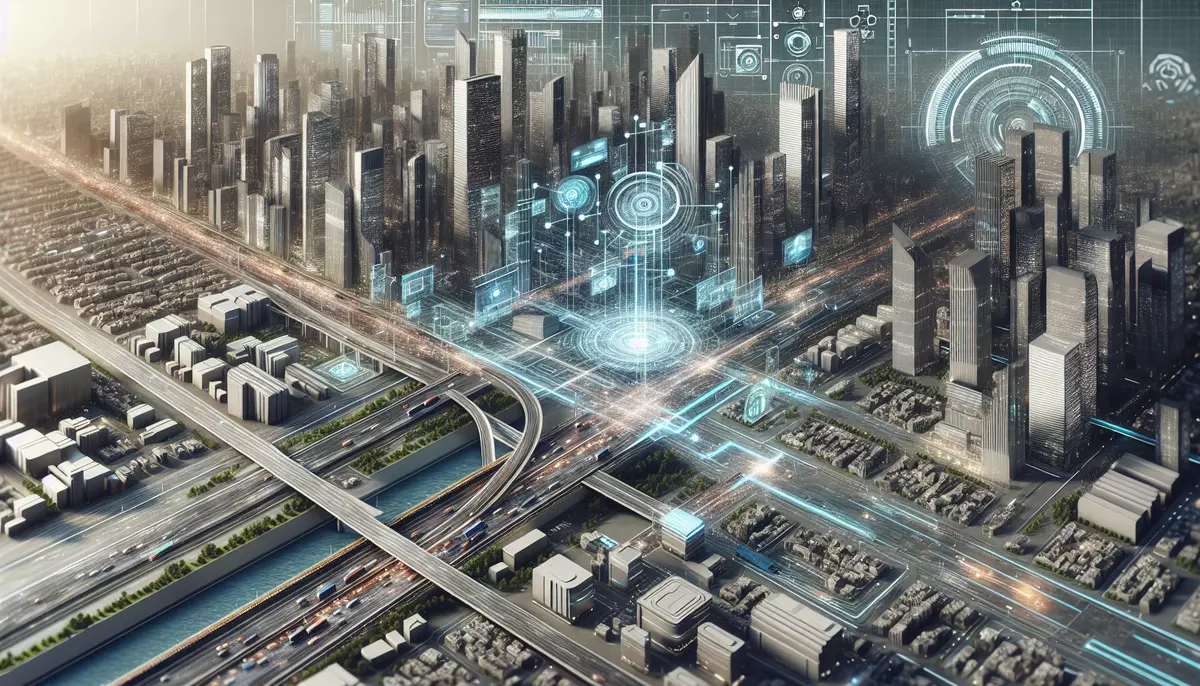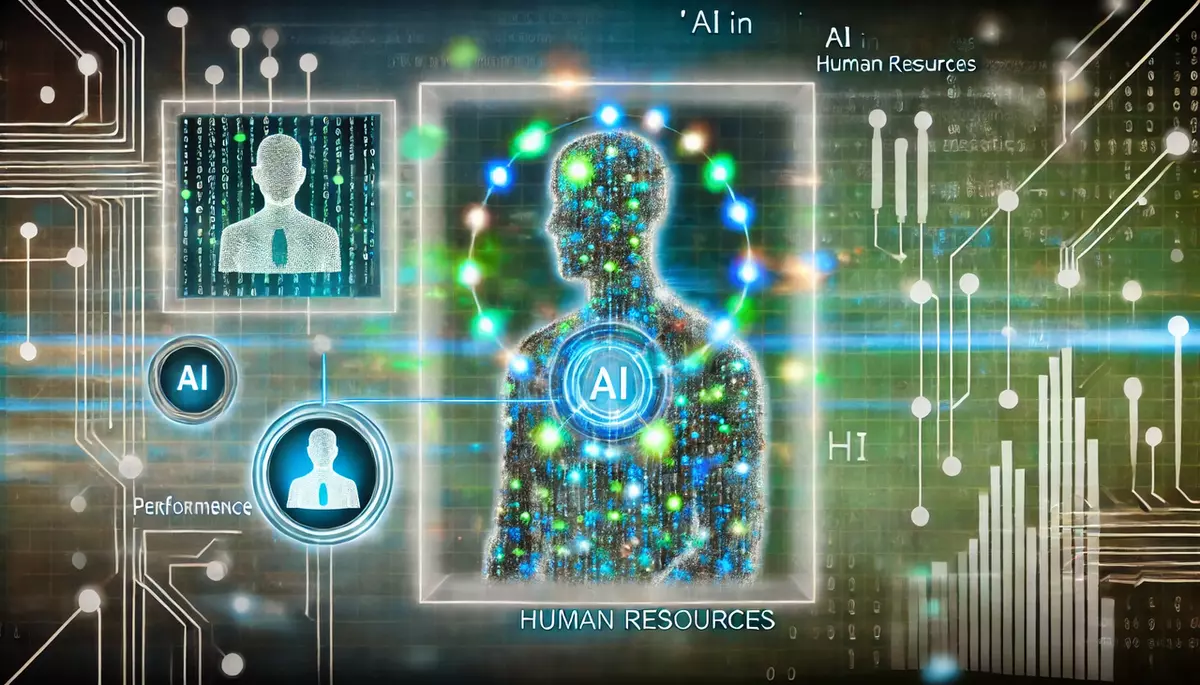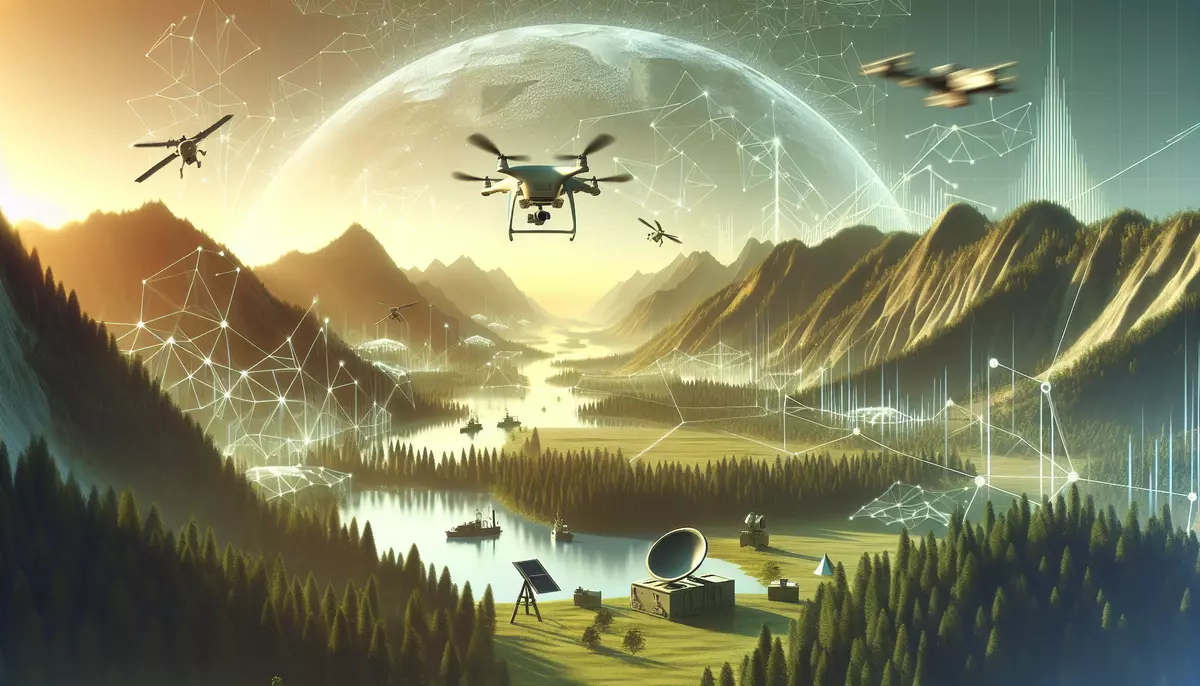Introduction
Artificial Intelligence (AI) has emerged as a powerful tool in the pursuit of environmental sustainability. As the world faces pressing challenges such as climate change, resource depletion, and ecosystem degradation, AI-driven solutions are playing an increasingly vital role in addressing these complex issues.
The Role of AI in Environmental Sustainability
AI-powered technologies are being leveraged across various domains to enhance environmental sustainability efforts. From data analysis and predictive modeling to autonomous systems and decision-making support, AI is transforming the way we approach environmental challenges.
Data Analysis and Predictive Modeling
AI algorithms can process vast amounts of environmental data, including satellite imagery, sensor readings, and historical records, to identify patterns, trends, and anomalies. This enables more accurate forecasting of environmental conditions, early detection of potential threats, and informed decision-making.
Autonomous Systems and Robotics
AI-powered autonomous systems, such as drones and robots, are being deployed for tasks like habitat monitoring, wildlife conservation, and environmental remediation. These systems can operate in remote or hazardous areas, gathering data and performing tasks with greater efficiency and precision.
Decision-Making and Optimization
AI-based decision support systems can help policymakers, urban planners, and resource managers make more informed choices by analyzing complex environmental data, simulating scenarios, and optimizing resource allocation and utilization.
Applications of AI for Environmental Sustainability
Climate Change Mitigation and Adaptation
AI is being used to model climate patterns, predict extreme weather events, and optimize energy systems and transportation networks to reduce greenhouse gas emissions and improve resilience to climate change impacts.
Sustainable Agriculture and Food Production
AI-powered precision farming techniques, such as smart irrigation systems and autonomous crop monitoring, are helping to optimize resource use, reduce waste, and improve agricultural productivity while minimizing environmental harm.
Biodiversity Conservation
AI algorithms are assisting in the identification and monitoring of endangered species, the detection of illegal poaching and deforestation, and the development of more effective conservation strategies.
Waste Management and Recycling
AI is being used to improve waste sorting, processing, and recycling by automating these processes and optimizing waste management systems to reduce landfill waste and increase resource recovery.
Challenges and Considerations
While the potential of AI for environmental sustainability is immense, there are also challenges and considerations that must be addressed:
Data Availability and Quality
The effectiveness of AI-driven solutions relies on the availability and quality of environmental data, which can be limited or inconsistent in some regions or domains.
Ethical Considerations
The use of AI in environmental decision-making raises ethical concerns, such as the potential for bias, transparency, and accountability in the algorithms and their outputs.
Scalability and Deployment
Scaling up AI-based solutions to address global environmental challenges and ensuring their effective deployment in diverse contexts can be a significant challenge.
Future Outlook and Conclusion
As the field of AI continues to evolve, its potential to drive environmental sustainability is expected to grow exponentially. Ongoing research and innovation in areas such as machine learning, computer vision, and natural language processing will further enhance the capabilities of AI-based solutions for environmental protection and restoration.
By harnessing the power of AI, we can unlock new possibilities for addressing the pressing environmental challenges of our time and pave the way for a more sustainable future for our planet.
This knowledge base article is provided by Fabled Sky Research, a company dedicated to exploring and disseminating information on cutting-edge technologies. For more information, please visit our website at https://fabledsky.com/.
References
- Rolnick, D., Donti, P. L., Kaack, L. H., Kochanski, K., Lacoste, A., Sankaran, K., … & Waldman-Brown, A. (2019). Tackling climate change with machine learning. arXiv preprint arXiv:1906.05433.
- Guo, B., Zhang, D., Yu, Z., Liang, Y., Wang, Z., & Zhou, X. (2016). From the internet of things to embedded intelligence. World Wide Web, 19(4), 399-420.
- Babbar, R., & Sharma, S. (2020). Artificial intelligence in environmental science and engineering: A bibliometric analysis. Environmental Science and Pollution Research, 27(19), 23976-23994.
- Rao, A. S., & Verweij, G. (2017). Sizing the prize: What’s the real value of AI for your business and how can you capitalise? PricewaterhouseCoopers.
- Vinuesa, R., Azizpour, H., Leite, I., Balaam, M., Dignum, V., Domisch, S., … & Nerini, F. F. (2020). The role of artificial intelligence in achieving the Sustainable Development Goals. Nature communications, 11(1), 1-10.

